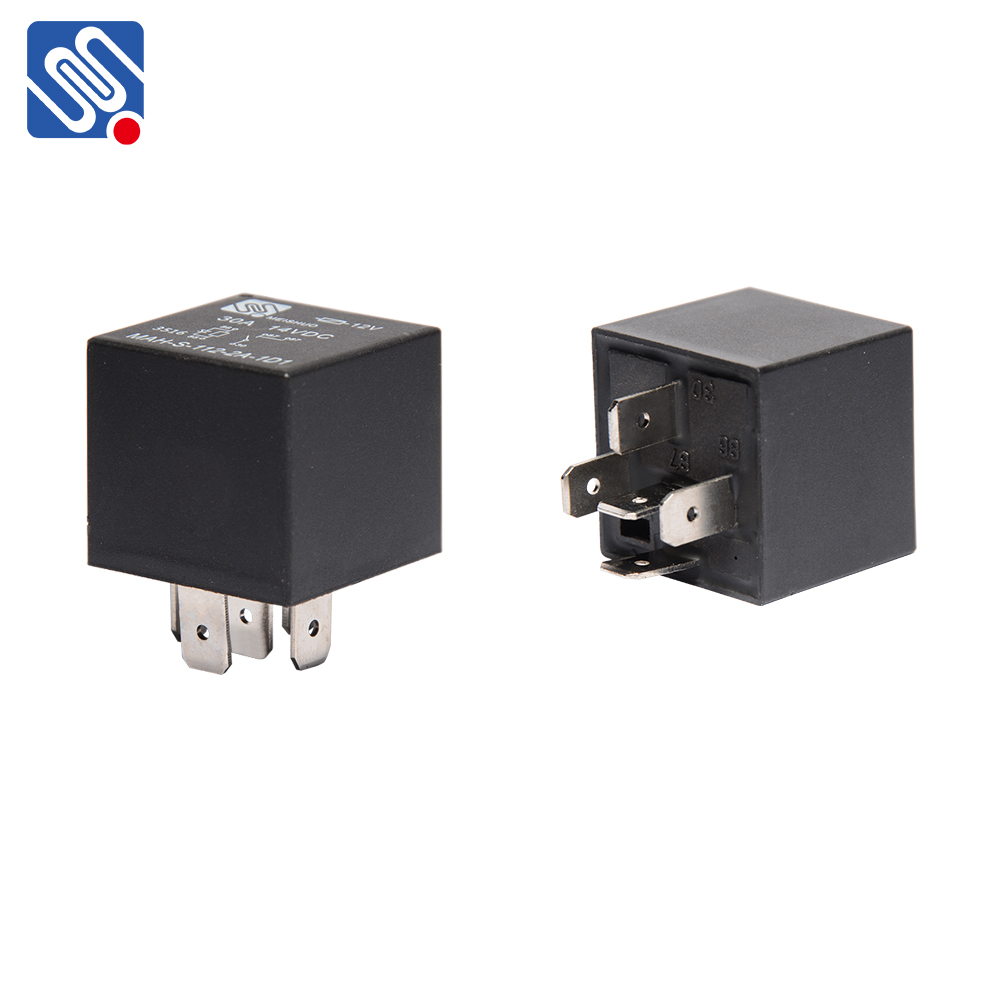Automotive relays are crucial components in modern vehicle electrical systems, playing a key role in controlling and regulating electrical circuits. These small yet powerful devices allow for efficient management of high-current loads with low-current signals, making them indispensable in various automotive applications. In this article, we will explore the significance of automotive relays, their operation, types, and common applications within vehicles.

What is an Automotive Relay? An automotive relay is an electromechanical switch used to control high-power electrical circuits in vehicles using a low-power signal. It typically consists of an electromagnetic coil, a set of contacts (usually one or two), and a spring mechanism. When an electrical current flows through the coil, it generates a magnetic field that causes the contacts to either open or close, thus controlling the flow of electricity to other parts of the vehicle. How Does an Automotive Relay Work? The basic operation of an automotive relay revolves around the use of an electromagnet to control the switch. When current is passed through the coil, it generates a magnetic field that activates the relay’s internal components. This causes the contacts to either close, completing the circuit, or open, interrupting the flow of current. By doing so, the relay acts as a bridge between the low-power control circuit (like a switch on the dashboard) and the high-power device (such as a car’s headlights, engine starter, or air conditioning).
Leave a Reply